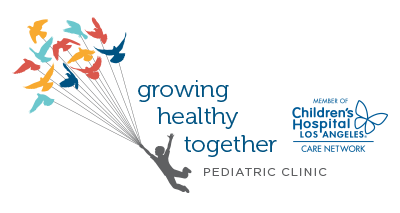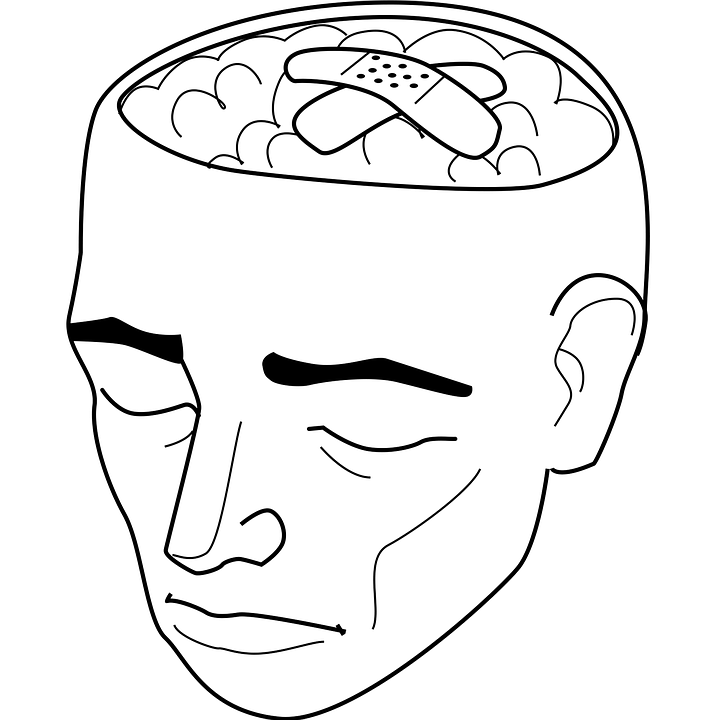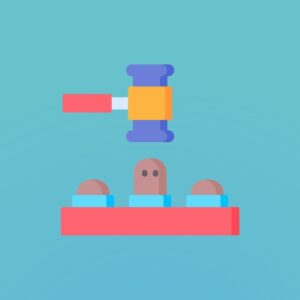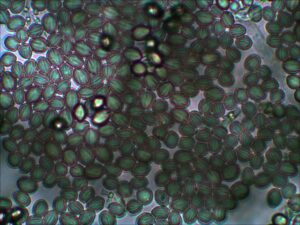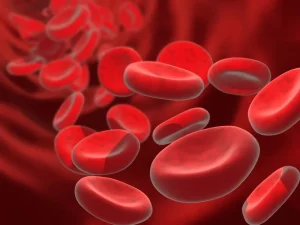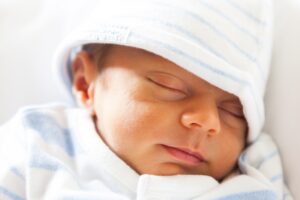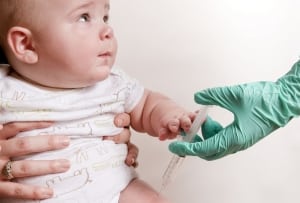Cases of anxiety seem to be on the rise in the United States. Many of us are self-diagnosing ourselves with anxiety disorders. However, merely feeling occasionally anxious does not necessarily constitute a disorder.
Anxiety is simply the feeling of being anxious. It is a normal, healthy state of being for humans as we face a daunting task or idea. We may feel anxious leading up to a test, or before a stressful life event, but this is a normal reaction and is a necessary physiological response to challenges in life. Children often experience fears and phobias associated with childhood that are normal and usually fade with time.
In contrast, anxiety disorders are longer-term illnesses that include anxiety that exists outside of the normal physiological response. Furthermore, the anxiety response may be excessive in proportion to the situation or may occur unprovoked. These disorders are often disabling and may disrupt healthy day-to-day life. According to the AAP, “a young person has nearly a one-in-seven chance of developing an anxiety disorder, which is the most common mental health condition among all age groups.” Also, anxiety disorders may be genetic.
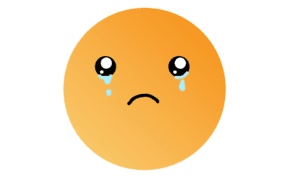 Anxiety disorders may include:
Anxiety disorders may include:
- Generalized anxiety disorder
- Social anxiety disorder
- Panic disorder with or without agoraphobia
- Agoraphobia without a history of panic disorder
- Specific phobia
- Separation anxiety disorder
- Selective mutism
Obsessive-compulsive disorder, acute stress disorder, and post-traumatic stress disorder are in a separate category to anxiety disorders, though they are commonly linked. Also, anxiety disorders often co-occur with other diseases that are not anxiety disorders, including ADHD, oppositional defiant disorder, language disorders, learning disabilities, and social or environmental factors.
Anxiety Disorder Diagnosis
Anxiety disorders are more often difficult to recognize because we internalize anxiety symptoms. We often mask feelings of irritability, guilt, or fear. Several different behaviors qualify a child for anxiety disorder. However, we often misinterpret them as other functional disorders.
Symptoms
- Weight loss
- Change in eating
- Headaches, stomachaches, or other pain
- Restlessness
- Sleeplessness
- Excessive need for reassurance
- Anxiety surrounding a specific situation or thought
- Poor concentration
- Refusal to attend their school, or other avoidance
- Explosive or oppositional behavior
- Brief panic attacks (difficulty breathing, pounding heart, nausea, intense fear, shaking)
- Suicidal thoughts or behavior
Treatment for Anxiety Disorders
We typically treat anxiety disorders with a combination of cognitive-behavioral therapy (CBT) and medication. Your child’s treatment plan must include CBT, regardless of medicine. Several different drugs are safe for children. However, most drugs are prescribed and initiated by a psychiatrist and then monitored by your pediatric healthcare provider.
Medications (to be combined with CBT)
- Antidepressants
- Benzodiazepines
- Selective serotonin reuptake inhibitors (SSRIs)
Also, while supplements and essential oils are not treatments, some home remedies can help with your or your child’s symptoms. Magnesium, omega-3 fatty acids, B vitamins, passionflower, lavender, lemon balm, and chamomile may help to decrease anxiety symptoms. Always take alternative treatments in conjunction with cognitive-behavioral therapy.
Anxiety and ADHD
There is some evidence of overlap between anxiety disorders and ADHD. According to the AAP, “About one-fourth of children with ADHD also have an anxiety disorder. Likewise, about one-forth of children with anxiety disorders have ADHD.”
Furthermore, children with anxiety combined with ADHD may have a more comprehensive set of social difficulties and problems at school than children with ADHD alone. However, children with anxiety and ADHD may be less disruptive because their anxiety keeps them from expressing impulsive or disruptive behaviors. The treatment for children with both anxiety and ADHD usually is a combination of behavioral therapy, educating families and schools about the individual case, and in some cases, using medication to manage symptoms. Each case is different and may require a different approach.
New and Interesting Treatments for Anxiety
Finally, cannabidiol (CBD) oil may be an effective way to manage anxiety and sleep disorders. Studies continue to find that using CBD oil may be an effective way to decrease anxiety. However, a long-term study is required.
We at GHT have not yet found a CBD treatment that we approve. We do not currently suggest any particular product for use on yourself or your children. Also, we look forward to finding therapies that can be helpful to patients suffering from anxiety disorders or other ailments.
In conclusion, for additional questions or comments, please respond to this blog or contact us!
